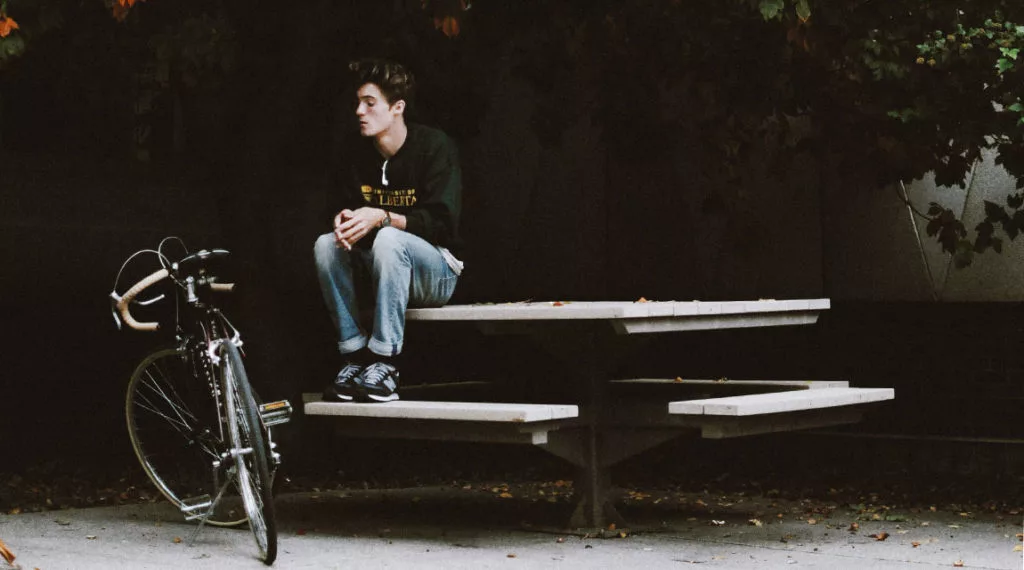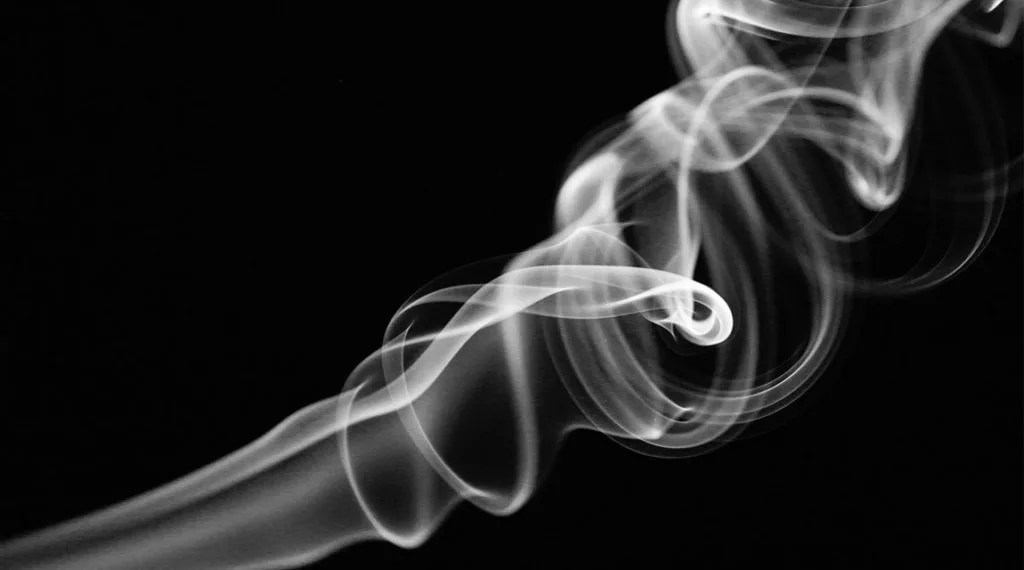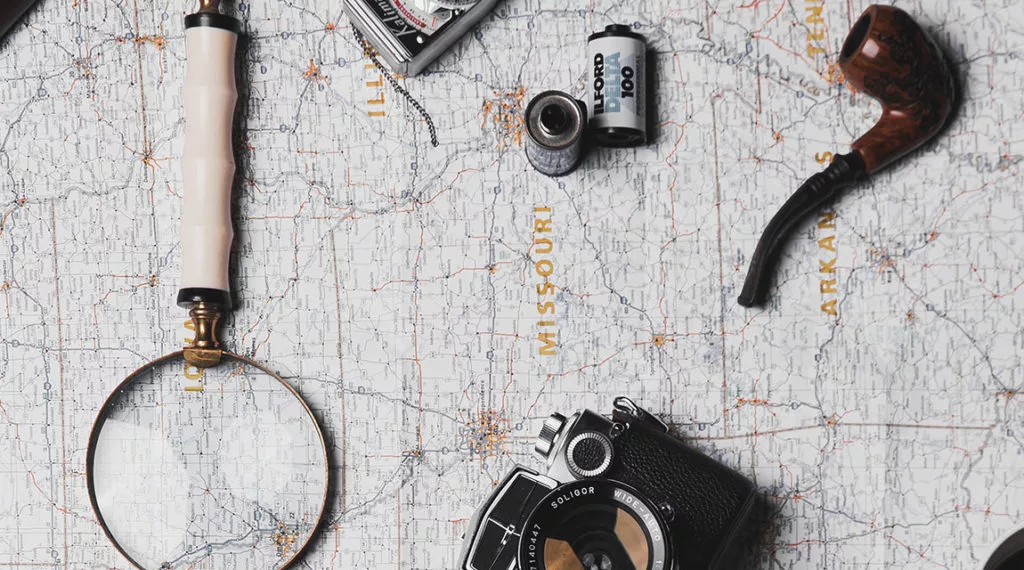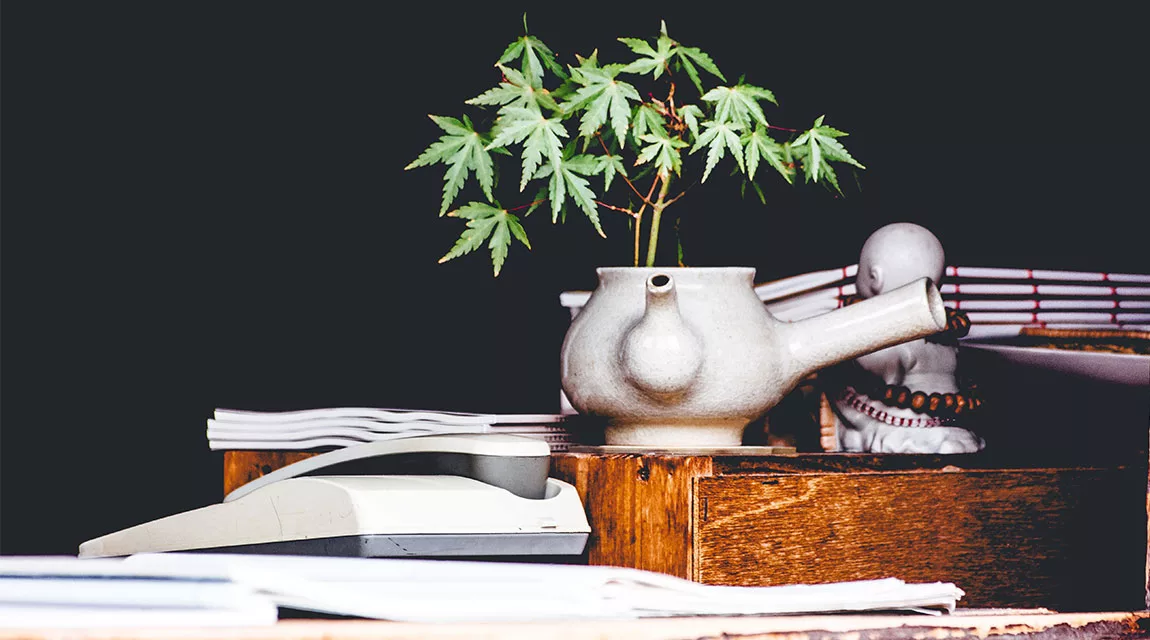According to federal laws, it is illegal for teens to possess marijuana paraphernalia. According to the National Drug Intelligence Center, a component of the US Department of Justice, “The term drug paraphernalia refers to any equipment that is used to produce, conceal, and consume illicit drugs.”
Moreover, marijuana paraphernalia is an indication that a teen is using marijuana. As a result, they are exposed to risks associated with this drug.
According to the most recent Monitoring the Future Survey from the National Institute on Drug Abuse, 39 percent of college students use marijuana. As a result, these are the highest levels of use among college students in the past three decades. In addition, 36 percent of high school seniors use marijuana. Furthermore, this is similar to past years, and 6 percent report daily use.

Different Kinds of Marijuana Paraphernalia
The lists below indicate how many varieties of paraphernalia that are available. The national wave of legalization has increased the availability of these items.
Smoking Pipes, Bongs, Bubbler, and Hookah
All of these types of paraphernalia are used to smoke the drug.
- Pipes can be made of wood, glass, porcelain, metal, and other materials. Pipes tend to require metallic screens to keep the user from inhaling ash.
- A bong is a long tubular water pipe, usually made of plastic with a bowl attached. A bong uses water or other liquids like wine to filter the smoke.
- A bubbler is a combination of a pipe and a bong, allowing for the filtration system provided by a bong to be portable.
- A hookah is a traditional smoking device from the Middle East and Turkey. It usually is quite ornate, made of brass or a cheaper imitator, with a rope-like tube attached for smoking. Hookahs are often disguised as decorative pieces.
Rolling Papers, Tobacco Blunts, Grinders, and Roach Clips
These kinds of cannabis paraphernalia are used to process and smoke the drug.
- Rolling papers like Zig Zag or Raw are used to roll the drug into a joint.
- Blunts like Swisher Sweets and Phillies Blunt are inexpensive, store-bought cigars that marijuana smokers hollow out and fill with cannabis.
- Grinders are small metal tins, sometimes designed to look like the Death Star from Star Wars or even a Rubik’s Cube. They grind up the drug for use.
- Roach clips are metal clasps that hold a joint to prevent burning the fingers.
Vaporizers, Vape Pens, and Dabs
Used for tobacco as well, here are kinds of drug paraphernalia that are popular because they hide smells.
- Vaporizers, in many forms, can be used for weed, hash, liquids, and hash oil.
- Vape pens are smaller than larger vaporizers, often with pre-filled cartridges.
- Dabbing is the bong of vaping, and similar to freebasing in other drugs. These elaborate contraptions tend to be made of glass and almost medical-looking.

What Parents Need to Do About Marijuana Paraphernalia
If parents or adults see paraphernalia for Marijuana in the home, they need to take steps to ensure a teen’s health and safety.
According to the National Institute on Drug Abuse, marijuana is a gateway drug for teenagers. As a result, it opens the door to drugs like cocaine, crystal methamphetamine, and heroin. Moreover, THC, the active ingredient in cannabis, primes the brain. Hence, this enhances responses to other drug stimuli.
Modern Types of Cannabis Paraphernalia
The spread of marijuana legalization across the country has led to an explosion in cannabis use and different types of paraphernalia. Therefore, today there are more kinds of paraphernalia available for purchase than ever before.
More importantly, this paraphernalia is no longer restricted to “head shops,” or stores that sell drug-related paraphernalia. Indeed, with the rise of dispensaries and the popularization of marijuana, cannabis paraphernalia is now found in mainstream locations. Furthermore, it can be found in smoke shops, vaping shops, dispensaries, and even convenience stores or gas stations.
In addition, many paraphernalia products are marketed and designed as though they were intended for other purposes. Thus, marijuana pipes and bongs often are labeled with a misleading disclaimer. These labels claim that the products are intended for use only with tobacco products.
Deceptive Paraphernalia vs. Glamorized Paraphernalia
Many drug paraphernalia sellers focus on deception. Hence, they sell devices that do not appear to be marijuana paraphernalia. Therefore, such paraphernalia may look like items related to teen hobbies, such as skateboarding or music. And teens are drawn to such because they want to hide use from their parents.
Side-by-side with the deceptive paraphernalia, glamorized paraphernalia has become increasingly popular. In bright and bold colors, these devices reflect the interests of young people from popular movies and rock bands to video gaming and teen trends.
Therefore, if teens are into a new trend like Pokémon GO, the latest paraphernalia will reflect the game. In addition, paraphernalia inspired by popular shows, such as The Walking Dead and Game of Thrones, can be found on eBay and all over the Internet.

Marijuana Paraphernalia = A Red Flag for Teen Drug Use
Finding marijuana paraphernalia in a teenager’s possession almost always means that they are using the drug. Signs of teen marijuana dependence include irritability, moodiness, difficulty sleeping, decreased appetite, cravings, restlessness, and various forms of physical discomfort.
Recent research suggests that 30 percent of those who use marijuana may have some degree of marijuana use disorder. Moreover, scientists have found that people who begin using marijuana before the age of 18 are four to seven times more likely to develop a marijuana use disorder than adults.
When a teen is abusing marijuana, parents need to speak with a psychologist or a counselor as soon as possible. Receiving help from a clinical professional will provide insight as to whether further treatment is necessary.
If you or someone you love is struggling, contact us. We are here for you, any time.
Photos by Ezra Jeffrey, Ian Dooley, Alex Chambon, and Daniele Pelusi from Unsplash.
Sources:
JAMA Psychiatry. 2015 Dec; 72(12): 1235–1242.
Drug Alcohol Depend. 2008 Jan 1; 92(1-3): 239–247.
Monitoring the Future Survey






